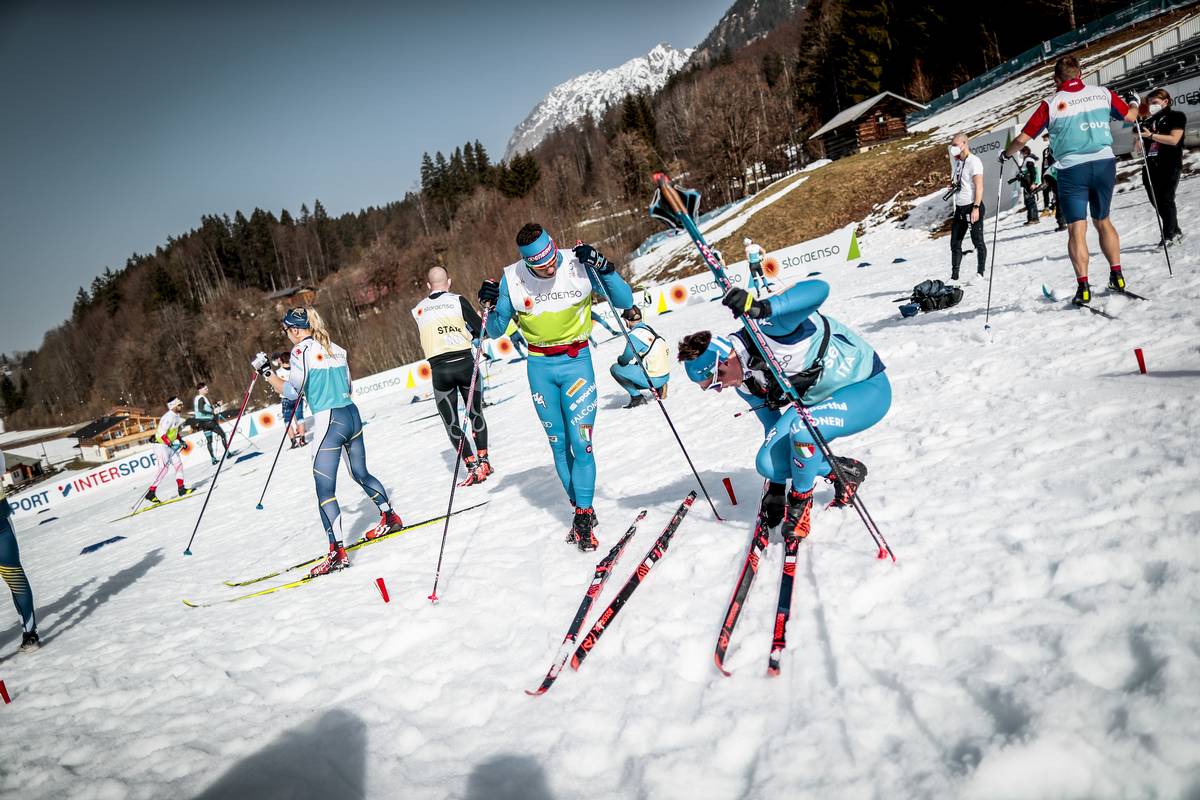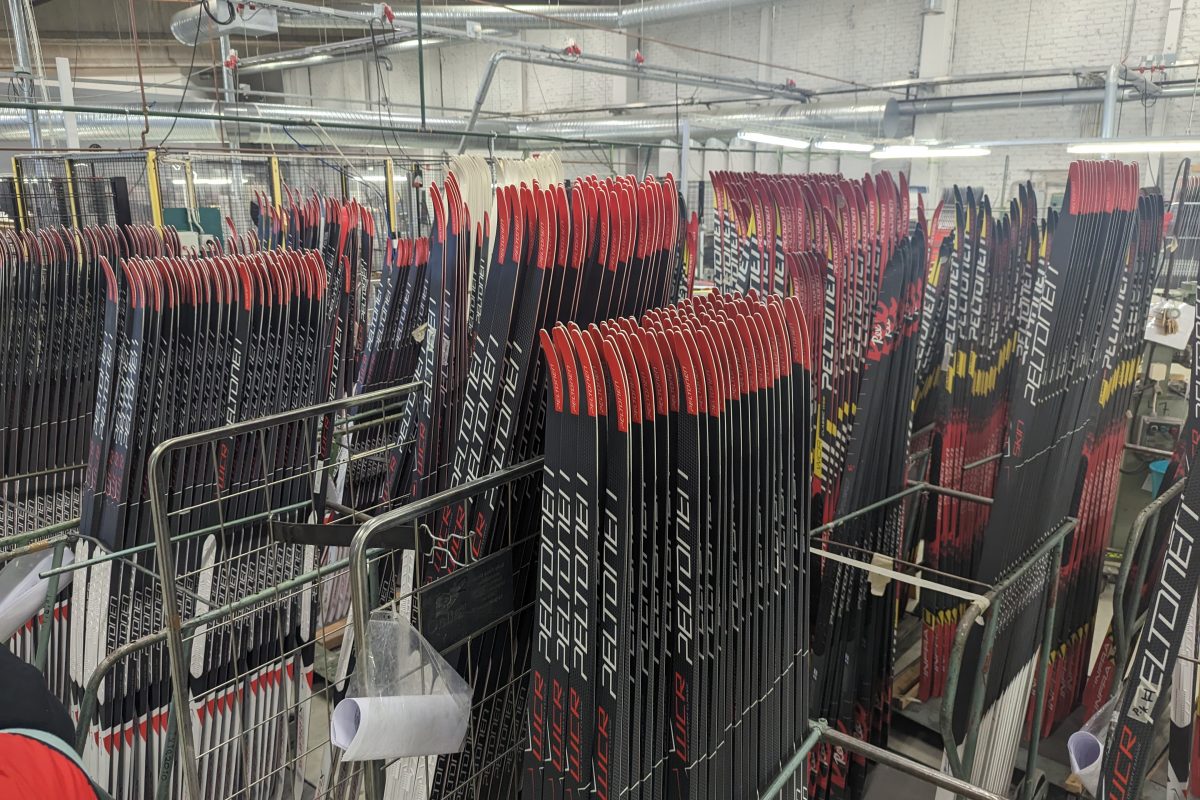

Over the past few years, FasterSkier has reported on per-fluorinated waxes, powders, liquids, and pastes. Entities like the Environmental Protection Agency (EPA) and Europe’s equivalent, the European Environment Agency, are phasing out eight-chain fluorocarbons. We know, after diving into the scientific literature, the evidence suggests these compounds are not good for your health, and they persist in the environment as they do not readily breakdown into inert substances.
We also know that skiers love fluoros. Per-fluoros simply make skis faster, especially when the snow is near its melting point and/or dirty. If you have been reading this site for maybe a year, you are probably aware of the speed benefits per-fluors bestow, and their environmental and health costs.
As the world turns, so too do the vagaries of regulating per-fluorinated ski speed products. In November 2019, the International Ski Federation (FIS) announced a discipline-wide ban on fluoro waxes for the 2020-2021 season.
That ban was later delayed until 2021-2022. The reason for the delay, given in October 2020 just a month before the start of the cross-country World Cup, was that the apparatus for testing ski bases for fluoros was flawed.
(Not to confuse things further, but it is worth mentioning, races solely sanctioned by U.S. Ski & Snowboard this season were fluoro-free. FIS-sanctioned races permitted fluoros.)
With the end of the cross-country World Cup last weekend in Engadin, Switzerland, comes renewed debate in Europe about the proposed fluoro ban and the efficacy of testing ski bases tainted with per-fluoros. Two news outlets, NRK in Norway, and Expressen in Sweden are reporting that the ban for 2021-2022 is in jeopardy.
In the translated Expressen article, Sweden’s head of ski service, Petter Myhlback said this about a World Cup weekend in Falun, Sweden last January during which the fluoro-detector was tested in the field: “Yes, we did test measurements then – and it was quite messy. … We felt no security in those measurements. It was results that just swung up and down. Criss-cross.”
Myhlback continued, “We had skis that were completely non-fluorinated, and some that were highly fluorinated. But … some of those who were highly fluorinated got the green light – and some of the non-fluorinated on the contrary.”
In the article, Expressen quotes FIS cross-country competition director Pierre Mignerey as saying the FIS Council will need to make a decision and it is his understanding that, “there is a desire to wait until after the Olympics.” They also quote Mignerey as stating, “No. What we saw in Falun clearly showed that it is not good enough,” when asked about the efficacy of the testing device.
The NRK article quotes Norway’s head of ski service, Stein Olav Snesrud, as also noting flaws in the testing device. NRK writes that Snesrud handed over eight pairs of skis in what was a blind test in Falun.
According to the translated article, which has been lightly edited for clarity, the following combinations of Norwegian skis were tested:
- A series of a total of 16 skis, eight pairs, on which fluoride powder was applied many times.
- Some of these skis were also washed, they put on fluoride cleaner and later put on fluorine-free wax both two, four, and six times. They used fluorine-free spray sliders. In total, there were eight different lubrication options.
Snesrud goes on to say that he received the results from the Falun tests. “I have to say that they are far away,” said Snesrud in the translation. “Based on the tests they did in Falun, they are nowhere near having a working device.”
The NRK article indicates the results were off. “Five of the skis that came back and marked ‘no fluoride’ are skis that have only been given one layer of glider over the fluorine powder,” Snesrud said. “On two skis in the same pair, which have received the same treatment, they have found fluoride on one ski and nothing on the other. Then there are four out of 16 skis with no clear answer. There is far too much variation in those answers.”
Snesrud also claimed that some fluoro-free skis handed over for testing were dinged as positive for fluoros.
Another chapter in the saga of flouros will certainly be written soon.
Jason Albert
Jason lives in Bend, Ore., and can often be seen chasing his two boys around town. He’s a self-proclaimed audio geek. That all started back in the early 1990s when he convinced a naive public radio editor he should report a story from Alaska’s, Ruth Gorge. Now, Jason’s common companion is his field-recording gear.



